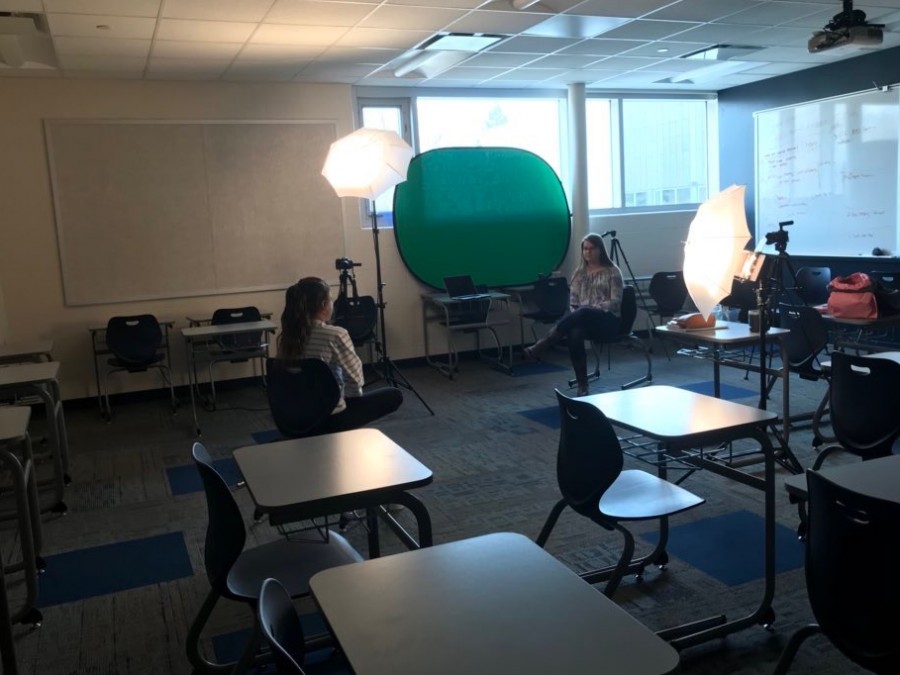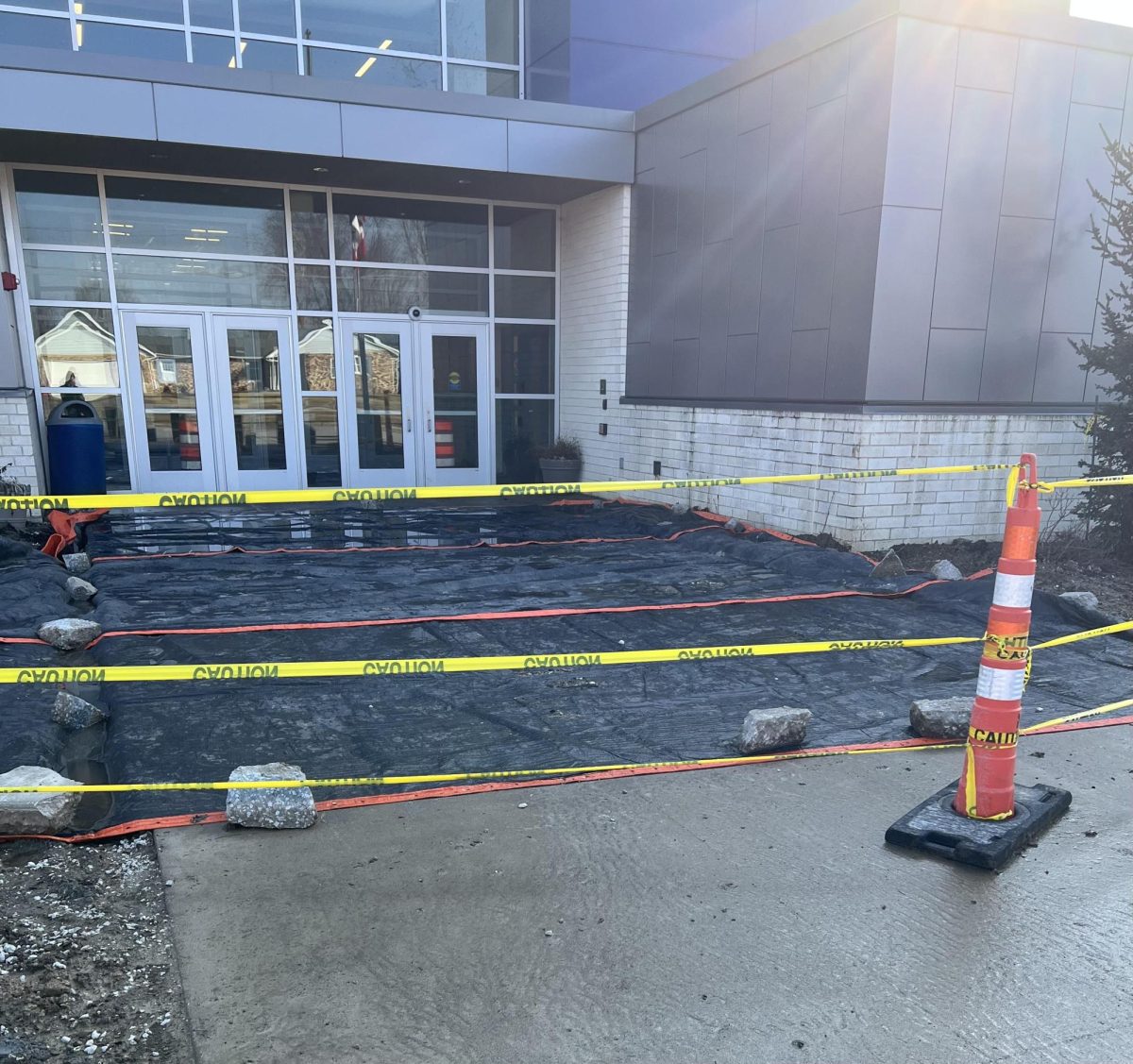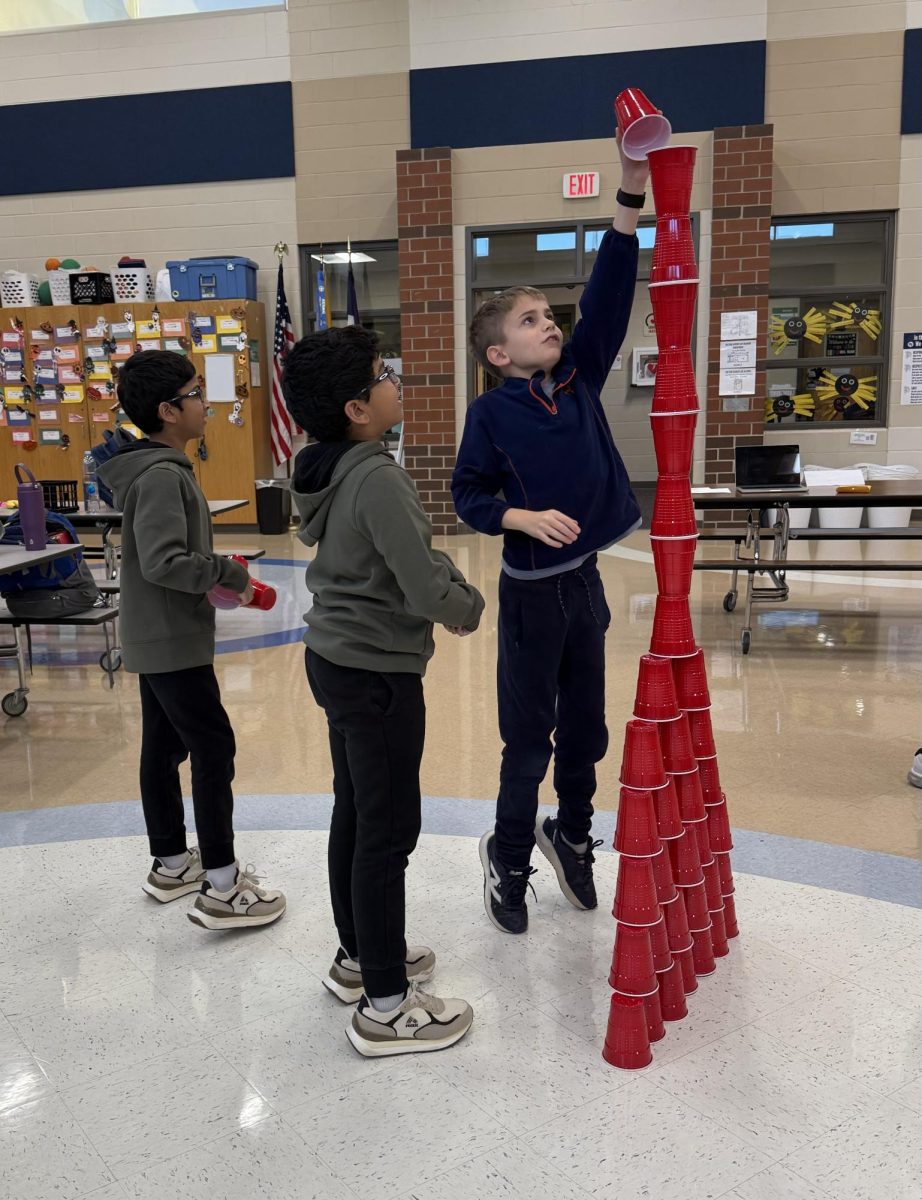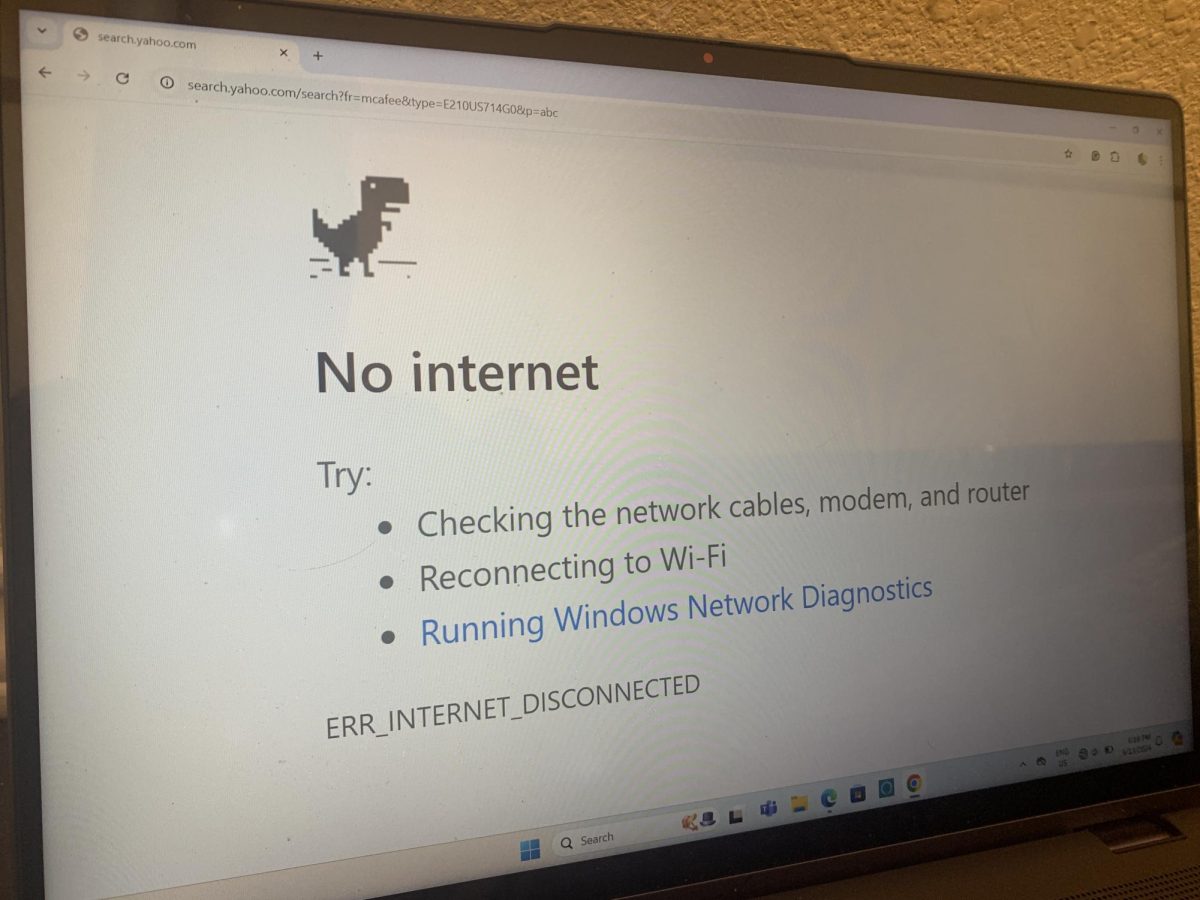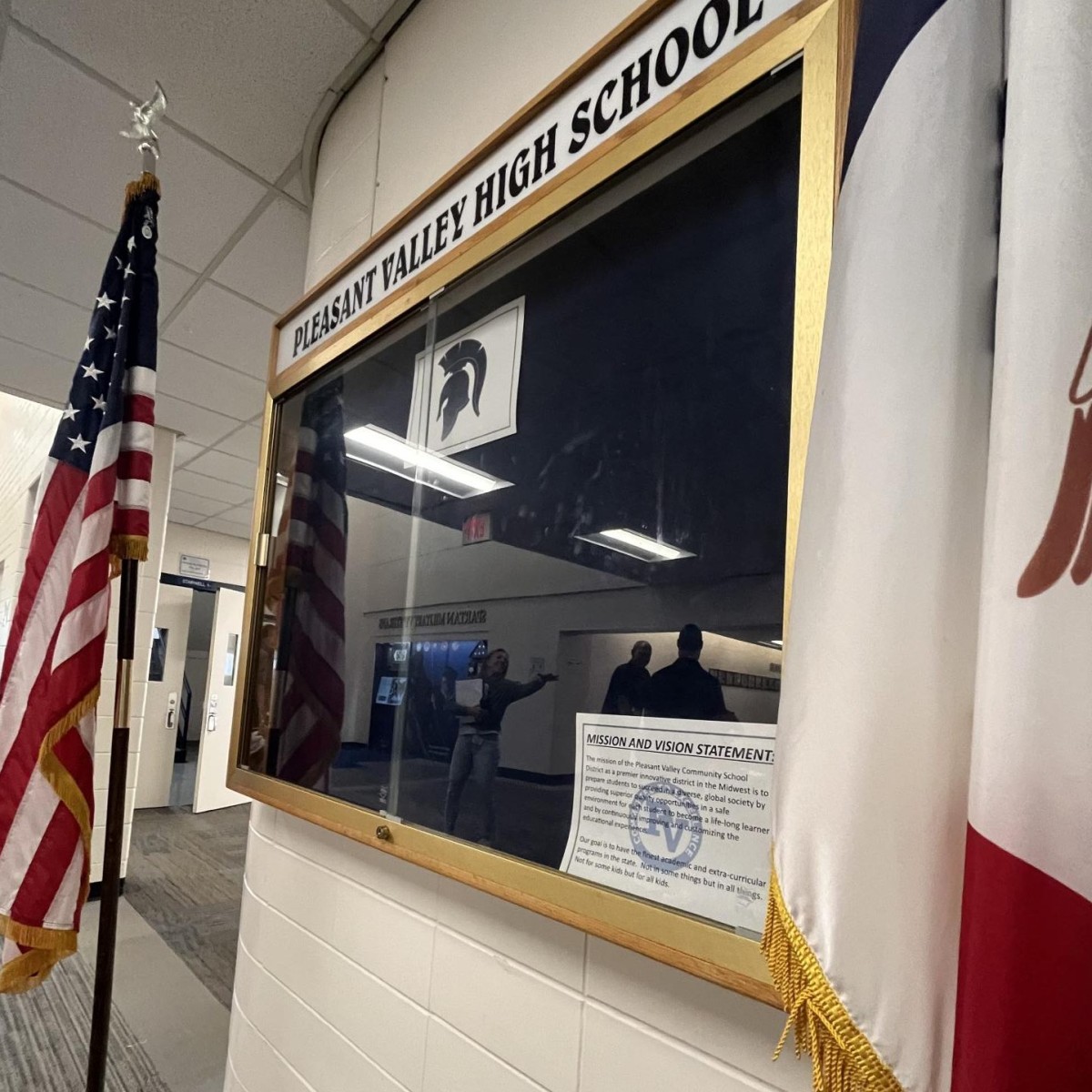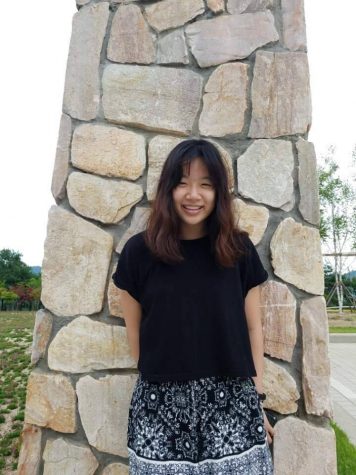A project was recently created at PV that sheds light on the previously unexplored perspective of students living with invisible illnesses. This project, undertaken by junior Lily Mitchell, had the purpose of making PV students more aware of these illnesses’ prevalence within society and subsequently spur more empathy within the student body regarding the issue.
Invisible illnesses–as stated in the name–are hidden illnesses that are not perceptible based solely on a person’s physical appearance. Examples of illnesses like these include chronic pain, anxiety, and exercise intolerance.
However, even though these illnesses are literally invisible, they are also invisible to the eye of society. While 10% of the United States population struggles with it, most of society does not understand what invisible illnesses are.
Mitchell wanted to change this. Through her Girls Scout Gold Award Project, Mitchell made it her goal to educate students at PV about invisible illnesses. She chose to accomplish her goal using video as a medium, specifically through a video made with the help of PV graduate Vashi Chintalapalli.
While the original idea was not a video, Mitchell explained how she started her collaboration with Chintalapalli. “My original plan was to create a curriculum for the health classes, but that did not work out. I was sent to Mr. Zimmer to find some other resources or some way to fit my project into the school. He came up with the idea of making a video and gave me Chintalapalli’s contact information.”
Chintalapalli, who has filmed projects surrounding mental illnesses in the past, was immediately drawn in by the topic of invisible illnesses and started the filming process with Mitchell over his spring break.
The video itself mainly features students from PV who have invisible illnesses. The video was filmed with the intention of sharing real stories of people’s struggles with invisible illnesses as well as being informative.
Regarding how to reach the students of PV best, Chintalapalli stated, “[Mitchell and I] really wanted to create something for students and thought the best way to go about that was to share the stories from the students’ perspective. We figured familiarity would be the most compelling way to deliver the video’s message.”
While the focus is on the students, adults were also brought in to give viewers a different perspective by showing how invisible illnesses also impact adults’ lives.
Mitchell plans to share her video with the school sometime this April. She hopes the video will educate both students and staff about invisible illnesses and how those illnesses are different from other, more common illnesses.
“People with invisible illnesses look like me and you. You can’t tell [if someone has a invisible illness] just by looking at a person, so I hope people can get better understanding of what they are through this video,” Mitchell stated.
Chintalapalli and Mitchell have high hopes for the future impact of this video. Chintalapalli stated, “We often forget that there’s more to a person than what the eyes can see. Invisible illnesses are real, and they exist amongst our own student body. It’s important to keep that in mind before we set opinions on people’s behavior or actions.”


